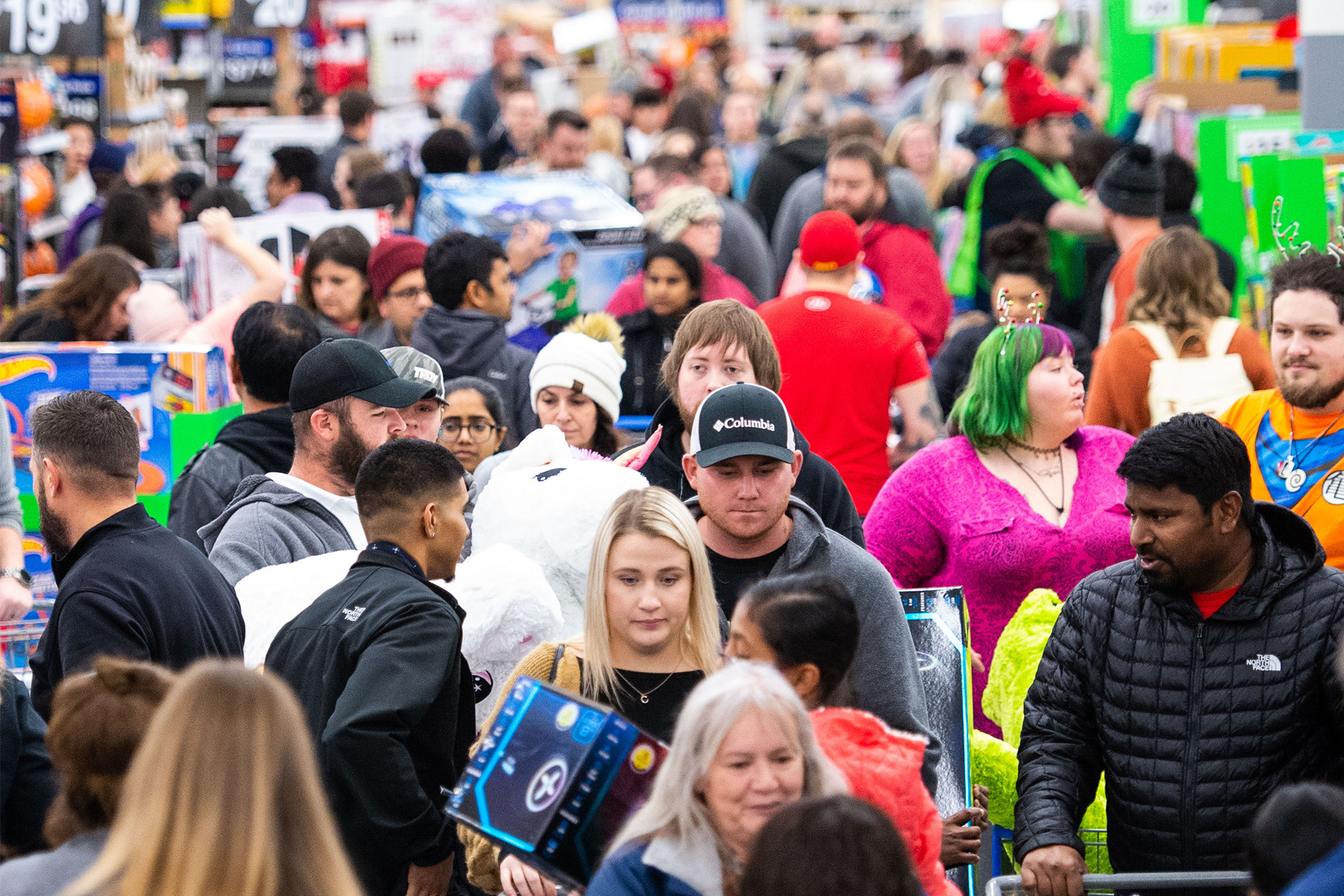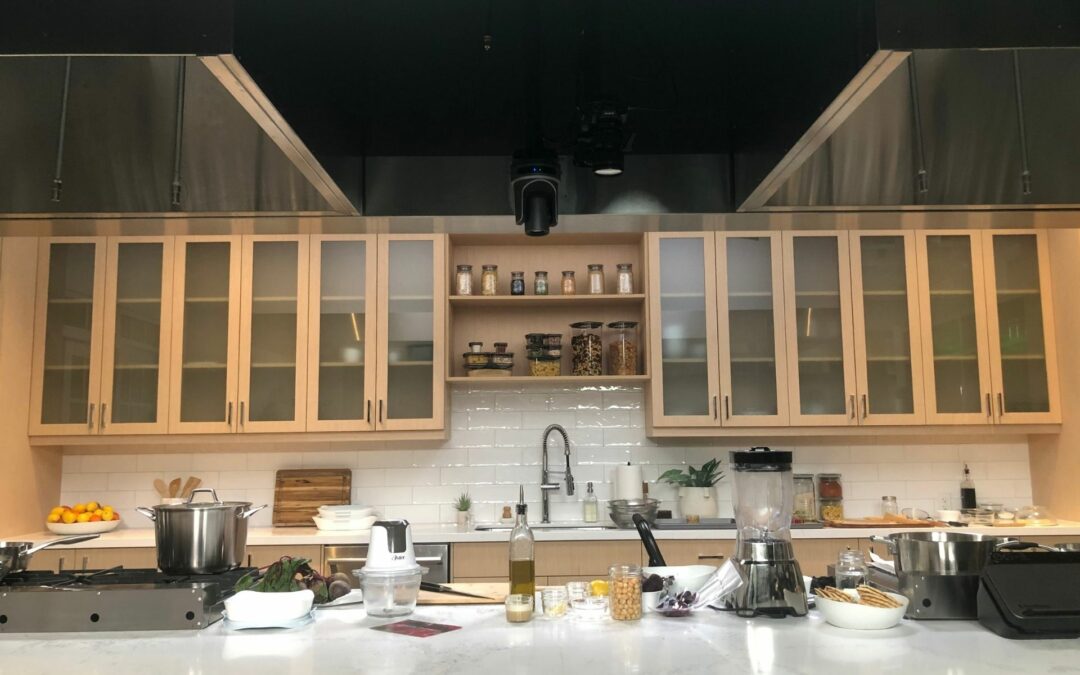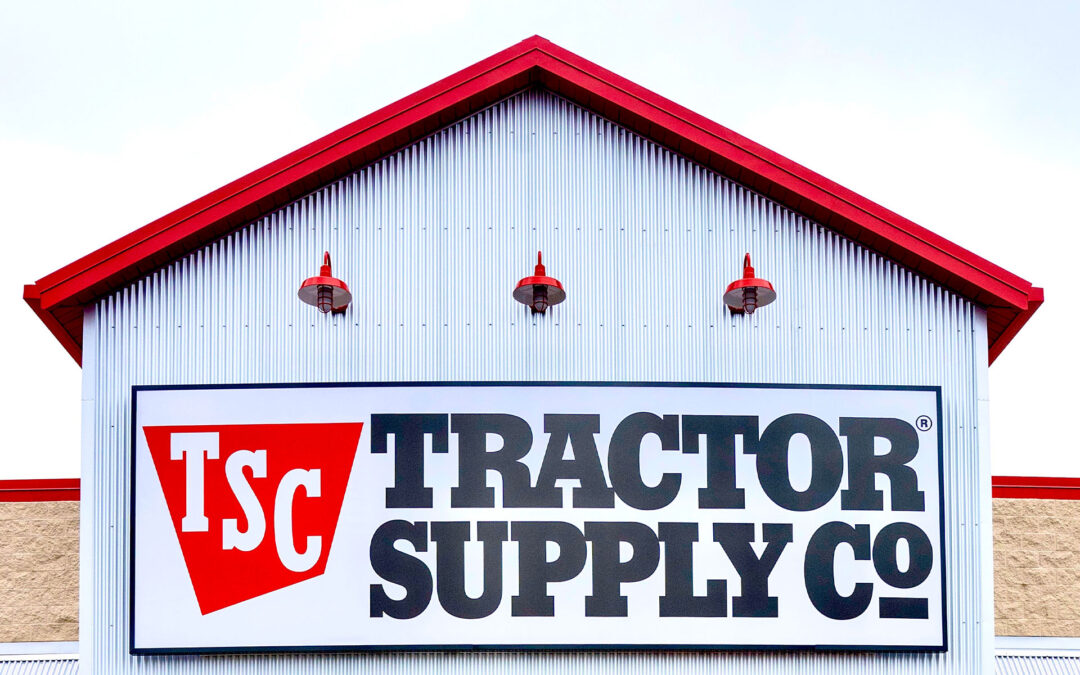Providing further detail to its annual retail sales forecast, the National Retail Federation warned that economic challenges could have a significant impact on consumer spending although initial signals remain positive.
Combined January and February retail sales grew 6.6% versus 2023, NRF noted, and the economy likely expanded during the first quarter despite higher borrowing costs.
NRF expects 2023 retail sales growth to come in between 4% and 6% over 2022 for a total of between $5.13 trillion and $5.23 trillion but warned that a number of factors create economic uncertainty that could shake up retail. The anticipated 2023 growth would be slower than 2022’s 7% gain but still above the pre-pandemic average of 3.6%. The numbers exclude automobile dealers, gasoline stations and restaurants to focus on core retail.
With the United States Federal Reserve increasing interest rates to fight inflation, NRF chief economist Jack Kleinhenz stated that he doesn’t expect a recession and added that the forecast assumes gross domestic product growth will slow from almost 3% in the second half of 2022 to 1% in 2023. The forecast also relies on the U.S. banking system remaining “sound and resilient” as characterized by the Fed, with no additional incidents such as the collapse of Silicon Valley Bank to undermine consumer confidence.
The five percentage point increase in interest rates imposed by the Fed over the past year constitutes one of the most rapid such advances ever seen and has had an impact on inflation, yet hasn’t slowed the economy as much as expected, NRF Kleinhenz indicated. Housing, trade and business investment have been affected, but “consumers have had uncanny staying power” that has been supported by continued job and wage growth, a stockpile of savings built up during the pandemic, access to credit and lower energy costs, he pointed out.
Strong labor and economic activity are bolstering inflation, but the rate is falling. The Personal Consumption Expenditures Index, the Fed’s preferred measure of inflation, gained 5% year over year in February, but that compared with 5.3% in the previous two months and a peak of 7% last June. Kleinhenz asserted that he expects inflation to average between 3% and 5% during 2023. With pandemic lockdowns long gone, inflation will be higher for services ranging from restaurant meals to airline travel than for retail merchandise. The PCE index for services increased from 5.6% in January to 5.7% in February while the PCE index for goods declined from 4.7% to 3.6% for the same period.
“The broad economic environment in the United States today is anything but normal,” Kleinhenz said, noting that unemployment is near historic lows and consumers have excess savings even though interest rates are increasing rapidly and both the banking and financial markets are unsettled.
“In all my years of forecasting, it has never been so challenging to put together the pieces of the economic puzzle and connect them to where the economy is heading,” he said. “And the disruption and uncertainty are likely to persist. The year ahead will be a bumpy journey. Consumer confidence, especially with banks, needs to be maintained in order to sustain spending in these uncertain times. The wildcard is what the Fed will do with interest rates in the coming months.”





